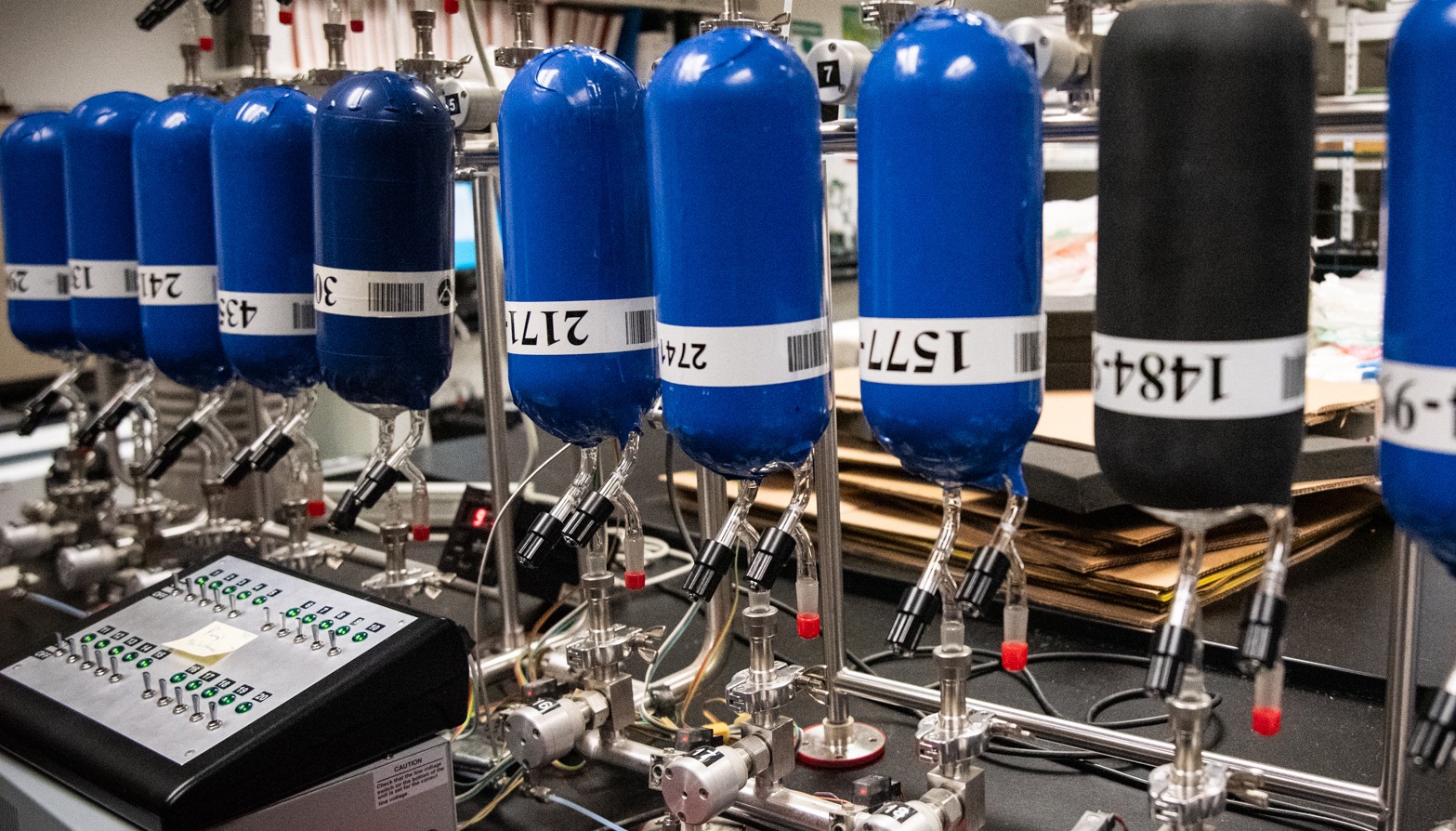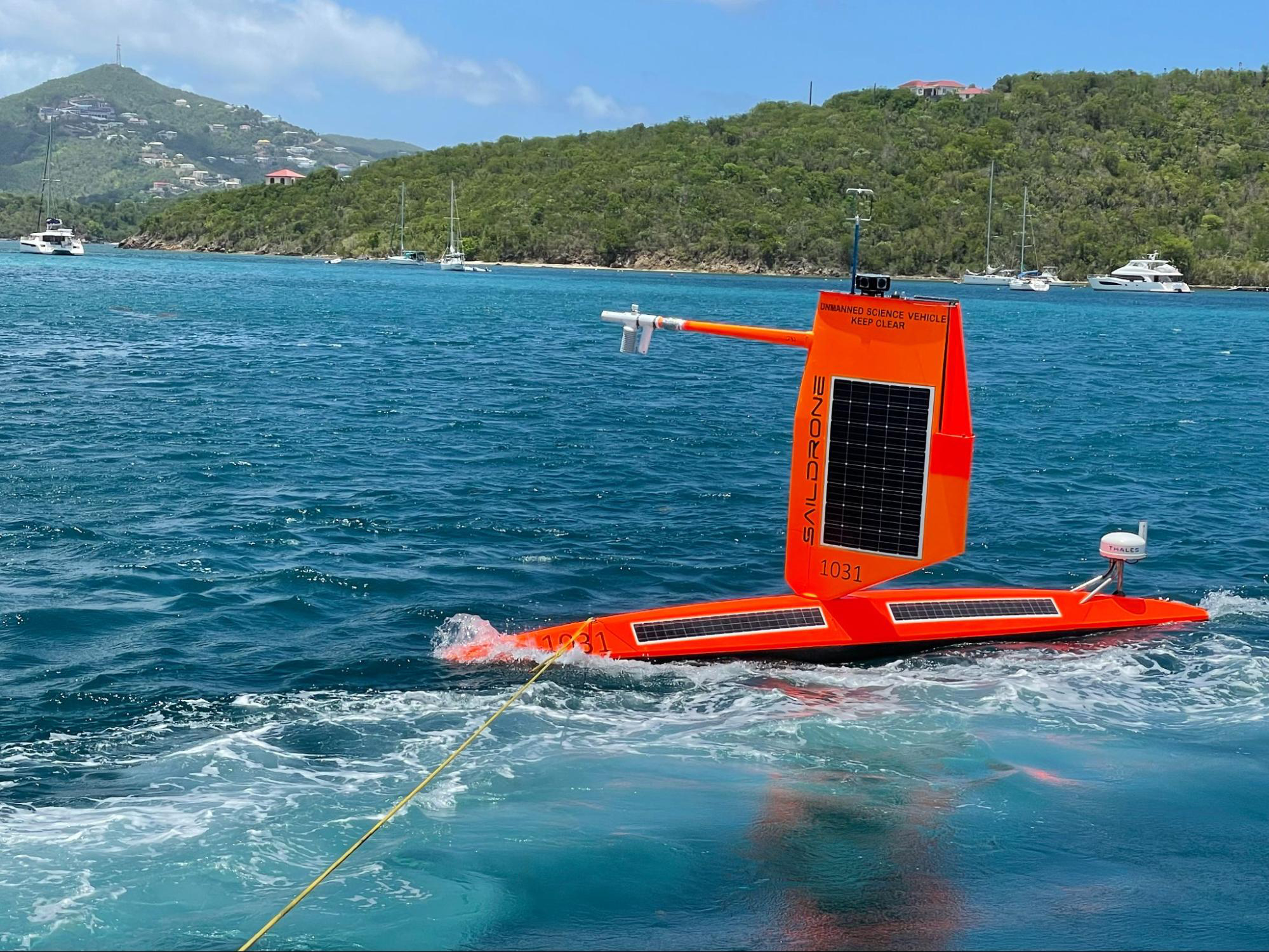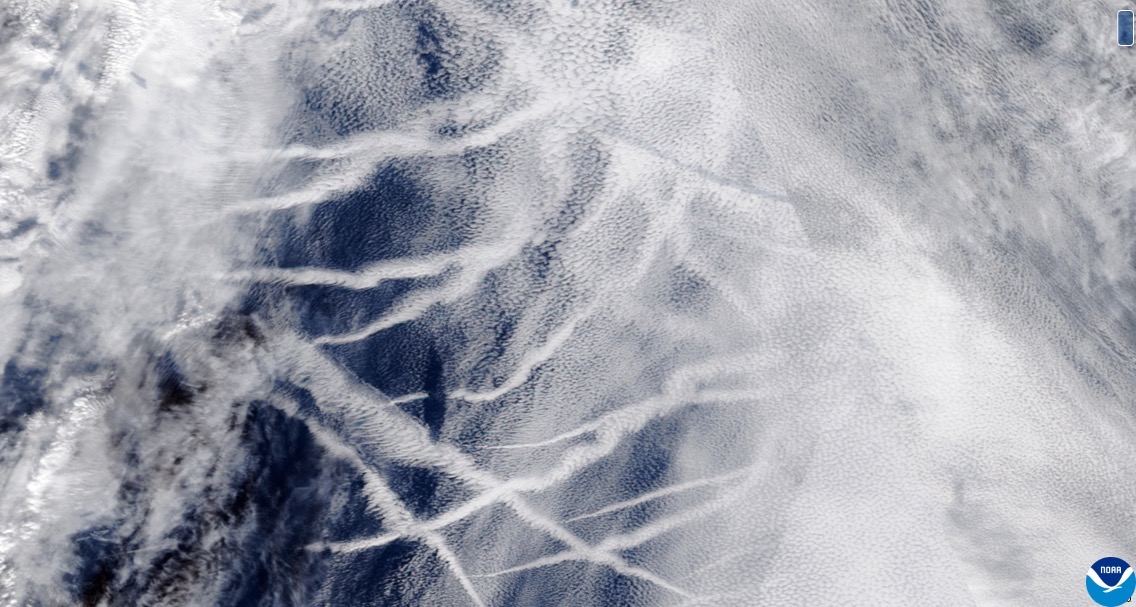Scientists have long known that the appearance of the ozone hole over Antarctica in the 1980s initiated wide-ranging impacts on the climate of the Southern Hemisphere, altering the jet stream, pushing subtropical dry zones towards the South Pole and expanding the tropical rain belt into previously dry regions.
But these shifting wind patterns seemed to pause around the year 2000, about the time that the Montreal Protocol, an international treaty controlling the widely used chemicals that created the ozone hole, began to take effect. Now, new research has concluded that declining atmospheric concentrations of once widely used ozone-depleting chemicals – including spray-can propellants and refrigerants – that has propelled the recovery of the ozone layer was indeed responsible for arresting these changing weather patterns.
The study was published in the journal Nature.
“Our research provides further evidence that the ozone hole is shrinking in response to the Montreal Protocol,” said lead author Antara Banerjee, a CIRES Visiting Fellow working in NOAA's Chemical Sciences Division. “Not only has the treaty spurred healing of the ozone layer, it’s also driving recent changes in Southern Hemisphere air circulation patterns,” added Banerjee, who started this work as a Postdoctoral Fellow at Columbia University.
The ozone hole, discovered in 1985, forms each spring in the stratosphere high over Antarctica. Ozone depletion cools the air, strengthening the winds of the polar vortex, which influences winds all the way down to the lowest layer of Earth’s atmosphere. Between 1960s and 2000, researchers documented a poleward shift in the mid-latitude jet stream, a positive trend in the Antarctic Oscillation, and an expansion of the Hadley cell, the giant circular movement of air from the equator to the poles that creates trade winds and hurricanes, tropical rain-belts and subtropical deserts.
Stratospheric ozone levels influence weather below
What did that mean on the ground? Australia got drier, as the jet stream shifting toward the pole reduced Australia’s winter rainfall. In South America, the tropical rain belt expanded, delivering more rain to Uruguay, southern Brazil, Paraguay and northern Argentina, which allowed agriculture to expand into previously dry regions. Around the year 2000, these trends appeared to pause.
The question became: Was the Montreal Protocol ultimately responsible for the pause?
“The challenge in this study was proving our hypothesis that ozone recovery is in fact driving these atmospheric circulation changes, and that it isn’t just a coincidence,” Banerjee said.
Using computer simulations, Banerjee and her team determined that the observed pause in circulation trends couldn’t be explained by natural shifts in winds alone. Next, since rising greenhouse gas levels also tended to push the near-surface circulation patterns toward the pole, they had to isolate the effects of ozone and greenhouse gases. They found that the influence of the recovering ozone layer on the circulation (including the jet stream) was enough to counteract the influence of rising greenhouse gas emissions.
“Identifying the ozone-driven pause in circulation trends in real-world observations confirms, for the first time, what the scientific ozone community has long predicted from theory,” said co-author John Fyfe, a scientist at Environment and Climate Change Canada and one of the paper’s co-authors. The team also included scientists from Columbia University and Johns Hopkins.
A future response to ozone recovery?
With the recovery of the ozone layer now well underway while greenhouse gas levels continue to climb, scientists will be watching closely to see what happens next, since future shifts in temperature and precipitation, one way or another, could have a significant impact on agricultural production and food security in the Southern Hemisphere.
“We term this a 'pause' because the poleward circulation trends might resume, stay flat, or reverse,” Banerjee said. “It’s the tug of war between the opposing effects of ozone recovery and rising greenhouse gases that will determine future trends.”
For more information, contact Theo Stein, NOAA Communications, at theo.stein@noaa.gov.



